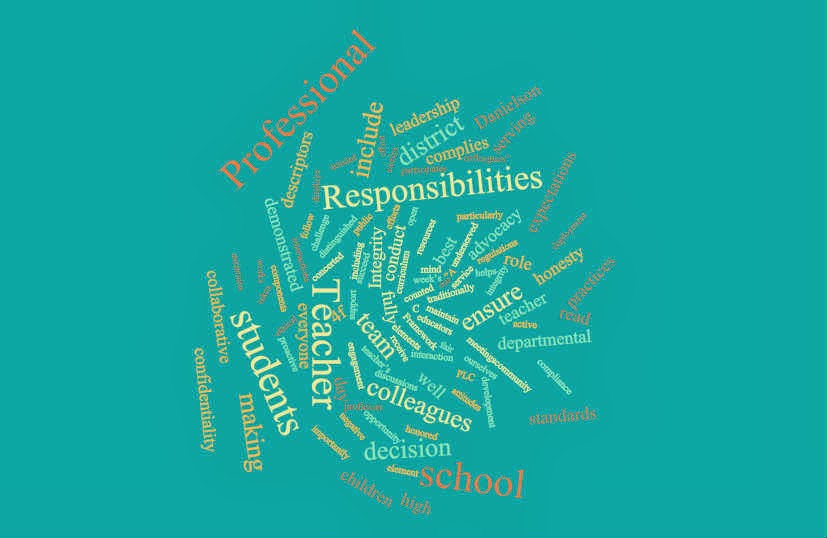“Don’t underestimate the power of formative assessment—for you and your students. Use it not only to give feedback to students, but also to see the gaps in understanding, so that you can readjust accordingly and step in when needed with new or more in-depth instruction.” ~Alexis Wiggins
As teachers we must assess the end product of student learning and most importantly, the process of learning. Assessments OF learning ensure that students have learned the intended outcomes. Assessments FOR learning are incorporated right into the instructional process and are used to modify or adapt instruction as needed to ensure student understanding. Although these assessments are used during instruction, they must be designed as part of the planning process. These formative assessments are vital for teachers and students to monitor progress toward understanding the learning outcomes.
 |
| This chart helps Stephanie's students know what to include when sharing their thinking. |
Elements of Component 1f:
- Congruence: Assessments must match learning expectations
- Clarity: Expectations must be clearly defined
- Purposeful Design: Assessments for learning must be planned as part of the instructional process
- Usage: Results of assessment should guide future planning
 |
| Will creates learning progressions for students to follow based on student pre-assessments. |
Indicators:
- Lesson plans indicating correspondence between assessments and instructional outcomes
- Variety of performance opportunities for students
- Modified assessments available for individual students as needed
- Clear progressions of learning
- Formative assessments designed to inform minute-to-minute decision making by the teacher during instruction
A proficient assessor...
- has a method to assess all learning outcomes in the lesson
- matches assessment types to the learning expectations
- plans for modified assessments when necessary for students
- includes clearly written assessment criteria
- plans to use formative assessment during instruction
- plans for possible adjustments within their lesson based on formative assessment data
(source)
|
What might this look like?
- The teacher creates a short questionnaire as an exit ticket in math class. He uses their responses to organize different groups for the next day's activities.
- Using her formative assessment data from the previous day's project work, the teacher plans to have five students work on a more challenging extension while she works with six other students to reinforce the previous day's concept.
- The teacher makes sure her embedded rubric for the research assessment clearly defines proficiency. She includes specific written feedback when she returns it to the student.
| (source) |
Looking for fresh ideas for Formative Assessment? Check out:
Looking into Digital Assessment opportunities? Check out:
Self Reflection:
Is your instructional planning continually responsive based on formative assessment results?
Do students know what proficiency looks like for their target they are working towards?
Comment questions:
- What do you love about assessment? What frustrates or challenges you?



